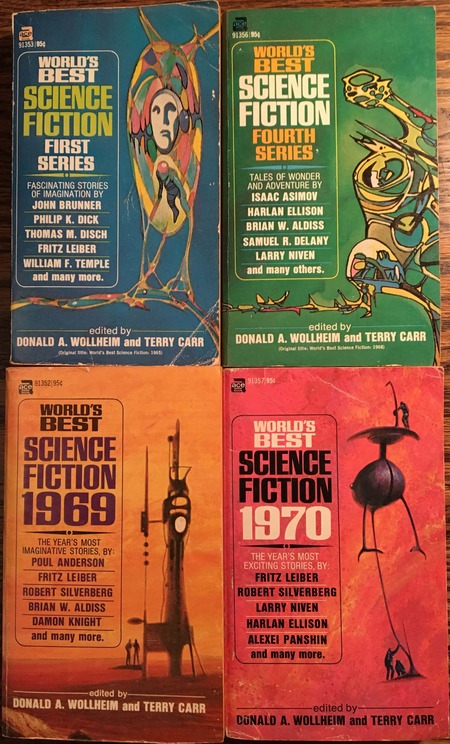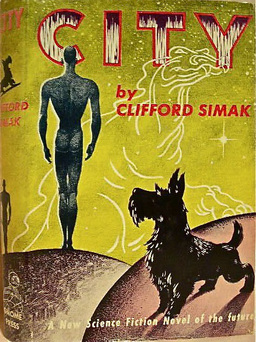A Tale of Three Covers: Only the Dead Know Brooklyn
 |
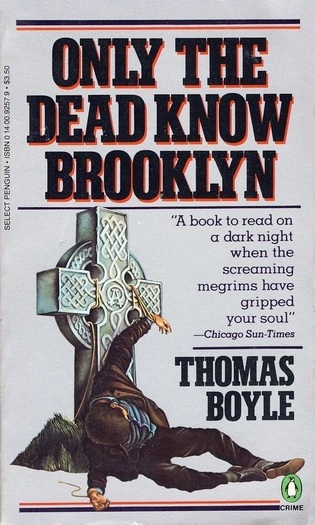 |
 |
Chris Vola is the author of two previous novels, Monkeytown (2012) and the self-published E for Ether. His first mainstream release is the horror/thriller Only the Dead Know Brooklyn, published last month by Thomas Dunne Books.
If the title sounds familiar, perhaps it’s because you’re remembering the crime novel by Thomas Boyle (Cold Stove League, Post Mortem Effects) about the kidnapping of Whitman scholar Fletcher Carruthers III. It was published in hardcover by David R Godine in 1985, and reprinted in paperback by Penguin in 1986.
Or perhaps you’re thinking of the famous short story by Thomas Wolfe (which you can read here), about four guys on a subway platform in a heated discussion on how to get to Bensonhurst, narrated in a thick Brooklyn dialect. It was originally published in the June 15, 1935 New Yorker magazine, and collected in paperback by Signet in 1952 under the same title, with a spectacular cover by Ruth Nappi. To this day, readers are still debating what the story is about.
Whatever the case, you have to admit it’s a killer title, and I can’t blame Vola one bit for poaching it. Here’s the description of his novel.
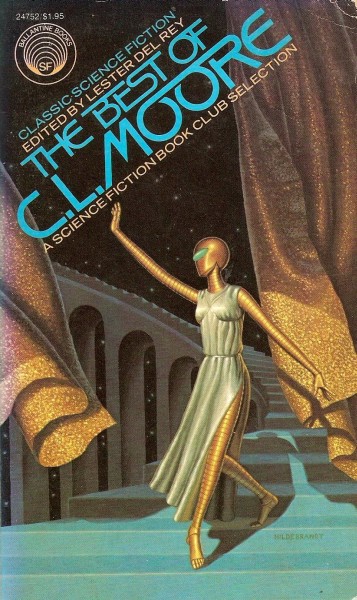


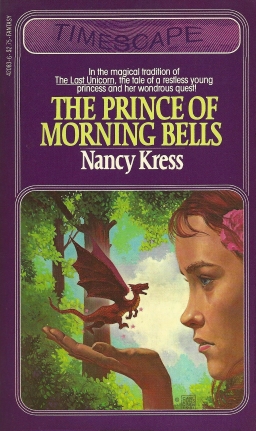
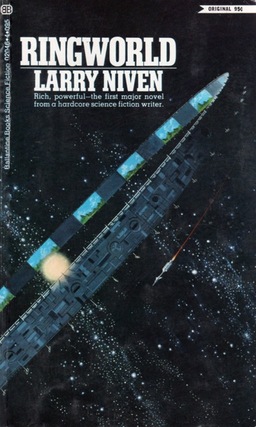
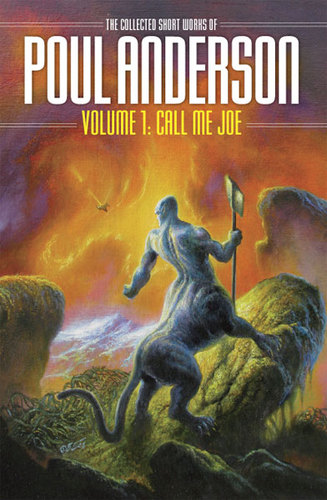


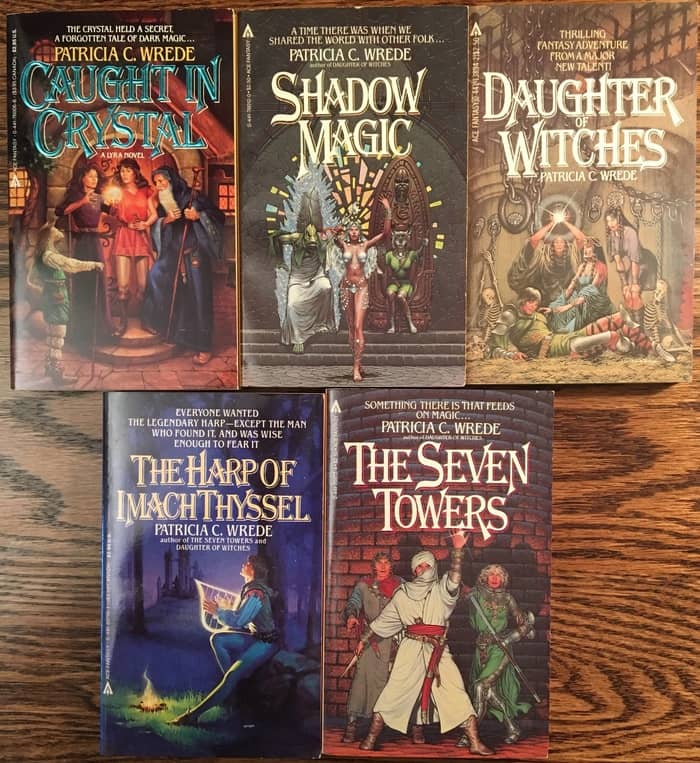
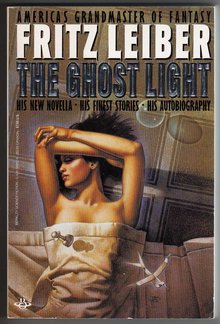 Here at Black Gate we often have posts on films and TV shows as they connect with or pertain to our favorite genre(s). If we don’t talk as much (or at all) about live drama, it’s probably because there’s not as much SF or Fantasy happening on the stage as there is on the screen. I’d think we’d all agree that with a very few exceptions stage effects are simply not equal to the kind of special effects SF and Fantasy often need.
Here at Black Gate we often have posts on films and TV shows as they connect with or pertain to our favorite genre(s). If we don’t talk as much (or at all) about live drama, it’s probably because there’s not as much SF or Fantasy happening on the stage as there is on the screen. I’d think we’d all agree that with a very few exceptions stage effects are simply not equal to the kind of special effects SF and Fantasy often need.